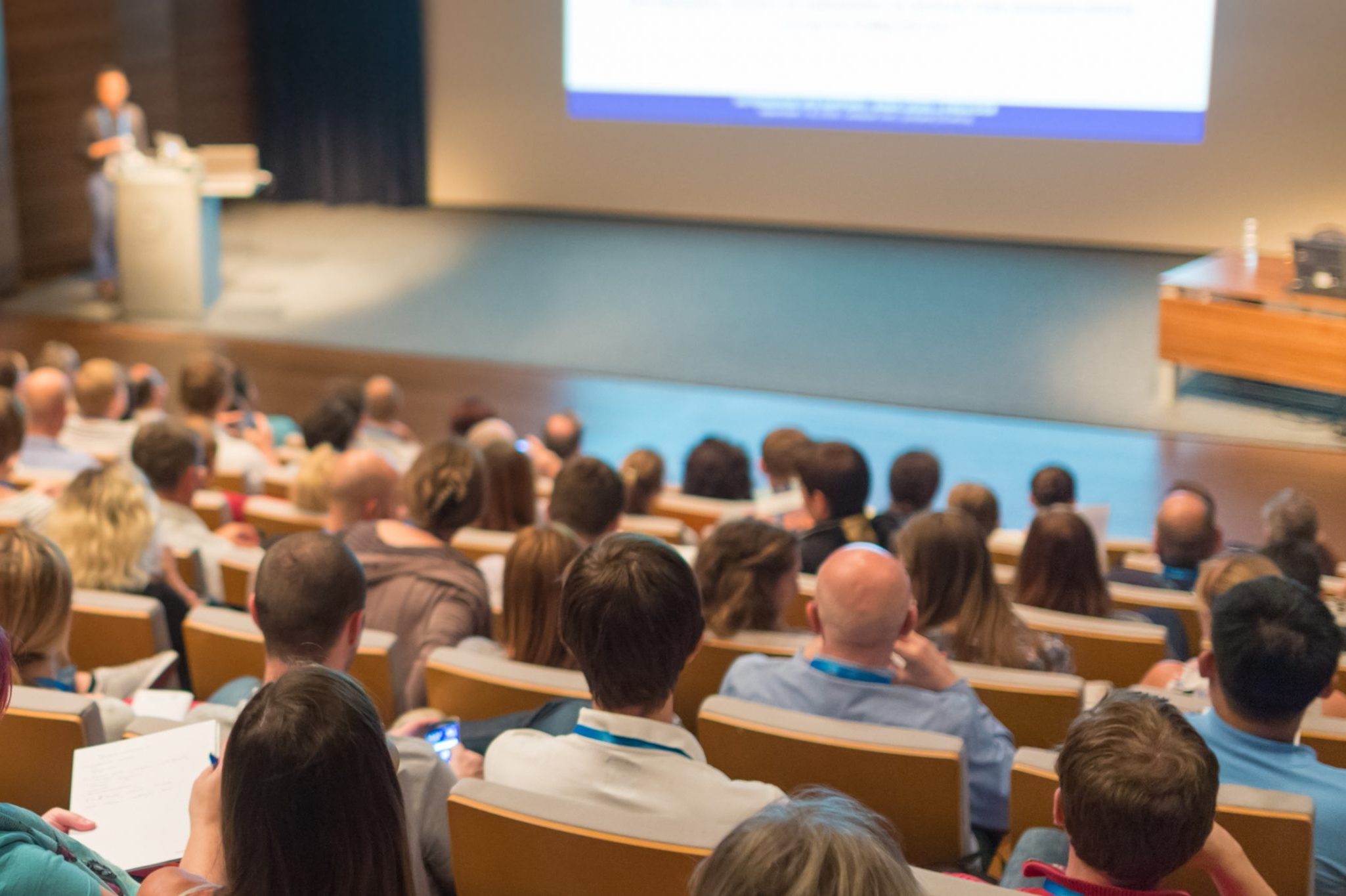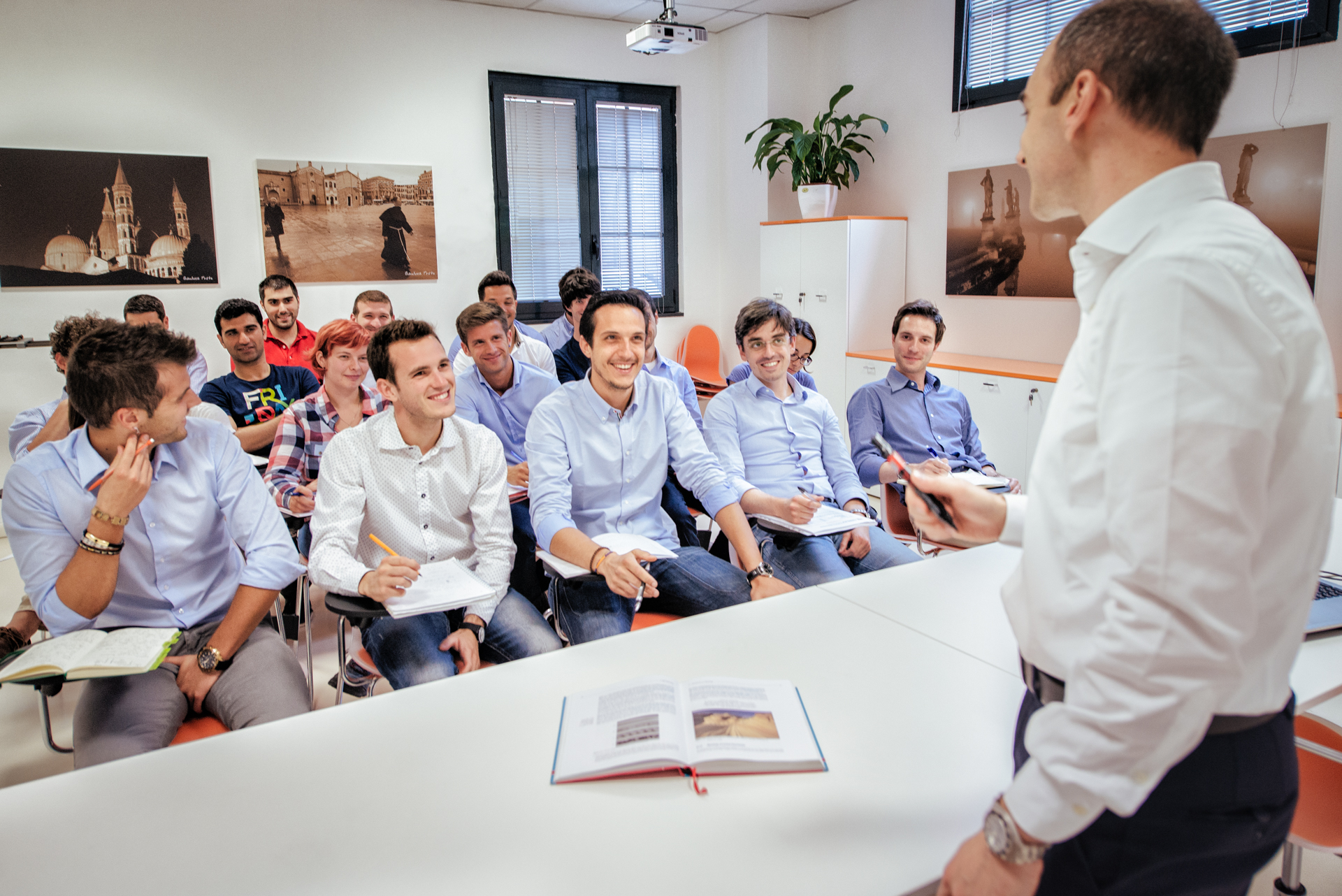First cycle degree in Aerospace Engineering
The teaching experiences in Italy and abroad clearly demonstrate that the training of a professional figure, able to effectively operate in the field of Aerospace Engineering, requires a training course that is wider than the three-year first cycle. Therefore, the professional meaning that can be attributed to the first cycle degree concerns the support to design, management and testing activities, playing a non-negligible role as shown by figures present in the major national and international aerospace companies. However, it is important to remark that with the fundamental background and educational objectives of the Industrial Engineering Class will be fully achieved.


Second cycle degree in Aerospace Engineering
Graduates of the second cycle in Aerospace Engineering open up employment opportunities that extend well beyond regional and national limits, both in research centers and in industries of the sector, given the knowledge suitable for carrying out professional activities in every field of aerospace engineering. In particular, with regard to space programs it is possible to efficiently work on: the definition of the mission profile, the realization of feasibility studies, the definition of the technical-scientific requirements, the translation of the latter into system and subsystem specifications, the detailed design of the subsystems of a spacecraft (in particular aerodynamics, structure, mechanisms, control and determination of orbit and attitude, thermal control, thrusters), opto-mechanical design of scientific instrumentation, construction of prototypes and their testing, the execution of experimental qualification and acceptance tests of components intended for flight. As regards the aeronautical field, the graduate will have acquired the ability to design aeronautical vehicles in both subsonic and supersonic regimes thanks to the acquired knowledge in aerodynamics, structural and flight mechanics; The graduate will also be able to design the various subsystems and aeronautical plants. In addition to this, thanks to the peculiar characteristics of each system intended for flight, an aerospace engineer has specific skills for the design and construction of all those systems and plants operating in hostile and weakly controlled environments, for which maximum operational reliability is required, to guarantee performance, productivity, product quality and safety levels in compliance with current and mandatory regulations.

